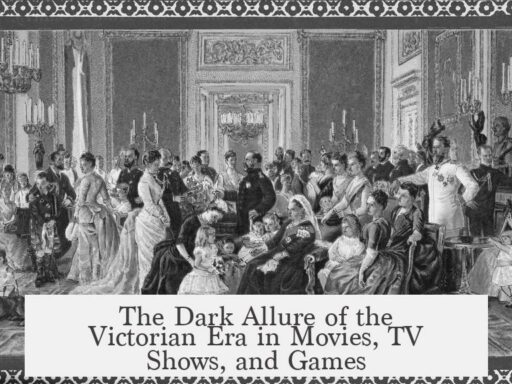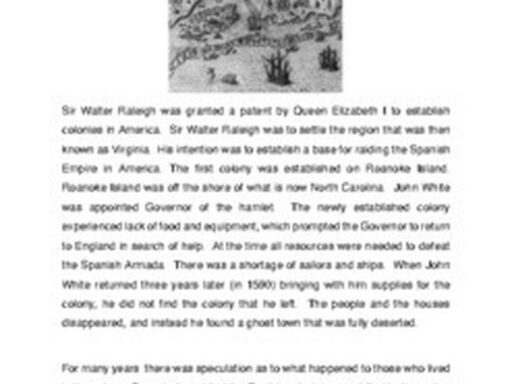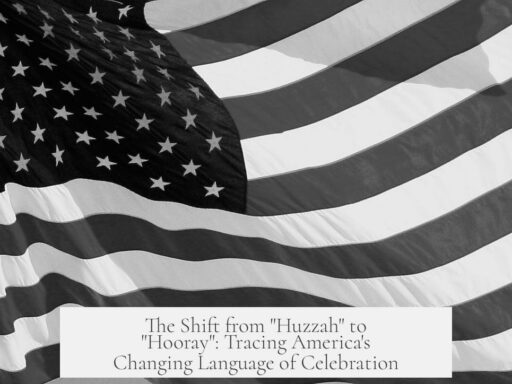The romanticized “Wild West” period, spanning roughly from 1865 to 1895, differs significantly from the years preceding it mainly due to geography, population dynamics, economic activities, cultural shifts, and historical events that shaped the transformation of American frontier life.
Before 1865, American settlement focused largely on the eastern regions—places like Kentucky and Missouri from 1770 to 1810—where pioneers such as Daniel Boone cleared dense forests to create farmland and pasture. The geography influenced the lifestyle substantially; eastern settlers dealt with thick forests in humid climates, focusing on timber clearing and subsistence farming.
In contrast, the West presented a different challenge. From 1865 onwards, settlers encountered wide-open, arid landscapes suitable for ranching, mining, and dryland farming. Population density was much lower in the West due to its harsher environment and greater distances between settlements. This spatial difference played a major role in why life in the West appeared wilder and more lawless compared to the East.
The years leading up to the “Wild West” era were marked by constant but scattered conflicts with Native American tribes, known as the Indian Wars. These conflicts were not new in 1865 but had been ongoing since the early 19th century. The most intense period of Indian Wars lasted from about 1855 to 1877 and overlapped with the start of the post-Civil War frontier expansion. Thus, while Indian Wars contributed to the lawlessness remembered in the Wild West, this was part of a longer, more complex timeline of conflict rather than an exclusive feature of 1865-1895.
Several factors triggered the explosive growth and final shaping of the Wild West after 1865. The end of the Civil War left many veterans seeking new opportunities. The Homestead Act encouraged westward movement by offering free land to settlers willing to cultivate it. The discovery of gold and silver sparked rushes that transformed mining towns into bustling boomtowns. Crucially, the rise of the railroad connected isolated regions to the east, facilitating mass migration and commerce.
The expanding rail network established cattle towns at key junctions. Cowboys started long drives moving huge herds toward railheads for shipment east. The transient cowboy labor force attracted entertainment venues like saloons and brothels, ironically feeding public perceptions of the frontier as a violent and wild place. This economic ecosystem set a stage distinct from earlier frontier settlements.
Popular culture at the time played a critical role in shaping modern ideas of the Wild West. The 1860s marked an increase in literacy and communication speed, which spread sensationalized stories through newspapers and pulp fiction. These tales romanticized and exaggerated adventure, heroics, and villainy. The result was not a faithful reflection of reality but a constructed mythos that captivated a nation still healing from internal strife.
Before this period, the fur trapper era (roughly 1805-1840) arguably represented a wilder frontier life. Trappers lived intimately with Native Americans, adopting many indigenous practices and navigating a highly dangerous and isolated wilderness. However, this era did not generate the same cultural legends or mass migration patterns as the later cattle and mining booms.
Postwar conditions contributed to the Wild West’s emergence. America faced social divisions after the Civil War, reconstruction in the South, and transformation of economic systems. The romanticized cowboy became a symbol of rugged individualism and unity—a cultural hero who transcended sectional conflicts. This process also served as a sort of propaganda to promote national cohesion through idealized western values.
The “Wild West” period ended by the mid-1890s due to several converging factors. The Indian Wars concluded as Native Americans were confined to reservations, and the frontier closed with increasing settlement and governance. Railroads covered more territory, bringing law enforcement and infrastructure that tamed previously wild lands. Cattle drives declined with the rise of fenced ranches and changes in agricultural practices. Pop culture shifted focus as Western expansion was no longer newsworthy as a frontier adventure.
| Period | Main Differences |
|---|---|
| Before 1865 | Eastern forest clearing; sporadic Indian conflicts; fur trapping; small-scale settlement; no large cattle boom; less media attention |
| 1865-1895 (Wild West) | Western arid landscape; mass migration encouraged by Homestead Act; intense Indian Wars; booming mining and cattle industries; railroads and boomtowns; popular culture romanticizes events |
Understanding these differences clarifies why the Wild West appears unique and why that period is compressed within a 30-year window. The East was shaped by long-term agricultural settlement in forested environments, whereas the West was marked by rapid economic bursts, conflict, and cultural mythmaking.
- The Wild West (1865-1895) reflects a distinct geographic and social phase, unlike earlier eastern frontiers.
- Indian Wars spanned much longer but peaked during the early part of the Wild West era.
- Railroads and mining/cattle booms created new economic and social patterns.
- Popular culture heightened the myth and excitement surrounding this period.
- Earlier western era, such as the fur trapping period, had its own roughness but less public attention.




